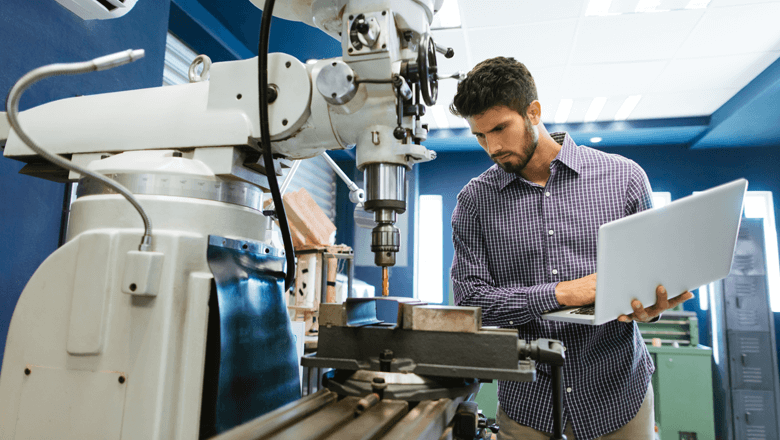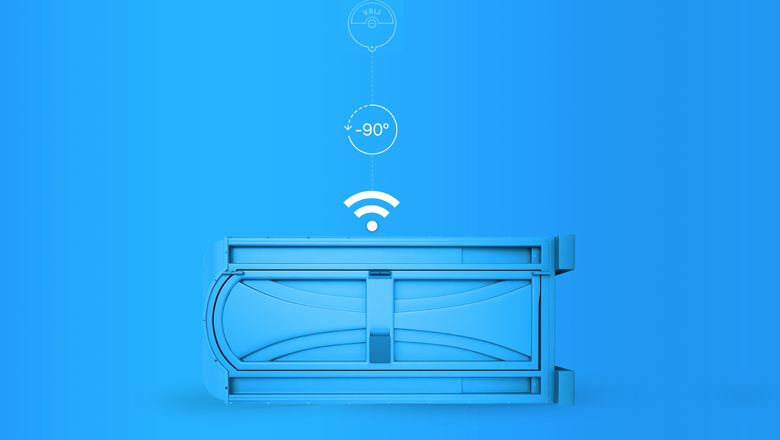IIOT (Industrial IOT) – Why you should embrace it
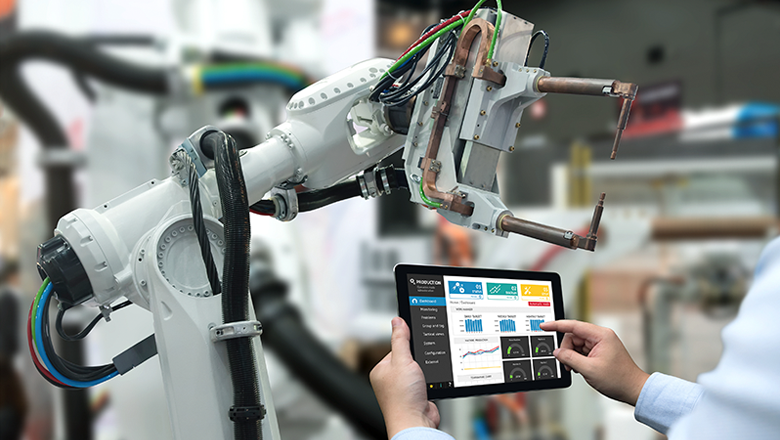
What will the industrial world look like in 10 years? “Current business models will then be completely obsolete because of the Industrial Internet of Things (IIOT),” predicts Marcel Figge, director and owner of Sentech.
The IIOT represents the fourth industrial revolution. “To connect or not to connect…?”; sooner or later, you too will have to consider this. Read here about why there is only one answer to this question.
The IIOT will literally connect every company in the production chain to each other. According to Figge, technology will no longer be simply a tool but the hub of the business that determines its competitive strength.
“The production processes themselves will be of secondary importance. The importance of data exchange via the cloud and of software that controls the production chain will become far greater. Companies must transform themselves into ICT companies. Companies that stick to their traditional businesses for too long will miss the boat.”
What is the IOT?
IoT stands for Internet of Things. It refers to the (wireless) connection of physical devices to the internet. “More specifically, to software in the cloud,” says Figge. “Devices generate data with the help of sensors and other measuring instruments. These make it possible to monitor, control, test and analyse a physical device via a digital application.”
The IOT makes it possible for machines, products, devices and systems to communicate digitally with each other and with people. It can optimise processes this way and make life easier for people.
Examples of the IOT in daily life
More and more IOT devices are making their way into our homes, work and physical surroundings.
Examples include:
- Smart lighting in buildings and at home.
- The smart thermostat, which can not only be operated by remote control but which also offers advice on saving energy.
- The smart meter, which automatically sends meter readings to the energy provider.
- Cars that are connected to the internet, which can also be operated via an app.
- Smart TVs that provide access to video and TV on demand.
- Alarm systems that can be operated by remote control and transmit camera images that you can view via the app.

The IIOT – a step further
Companies like Uber and Airbnb have turned the travel market on its head using the IOT and cloud-based computing. The big traditional companies continue to hold onto old business models and try to work against the newcomers. “These new business models will eventually gain the upper hand. It’s pointless for traditional companies to resist these newcomers,” says Figge.
The consumer market and IOT applications are a driving force behind the Industrial Internet of Things. The IIOT maintains the connection between industrial equipment, machines and applications in the cloud. It enables physical devices and process systems throughout the entire production and distribution chain to communicate with each other. More later on the benefits this produces.
But here is a small preview. Figge was visiting Heineken recently. “The brewer has been giving IIOT applications some thought. Information from equipment in the brewing and filling process can be used by suppliers. For example, the crop developer can use it to improve the raw materials, or the glass supplier can analyse the cause of a breakage in the filling process and take appropriate measures.”
What do you need for the IIOT?
According to Figge, there is no ‘one size fits all’ solution to connect devices to the internet and to applications. “Almost every IIOT application requires a customised approach.” But three common elements can be identified.
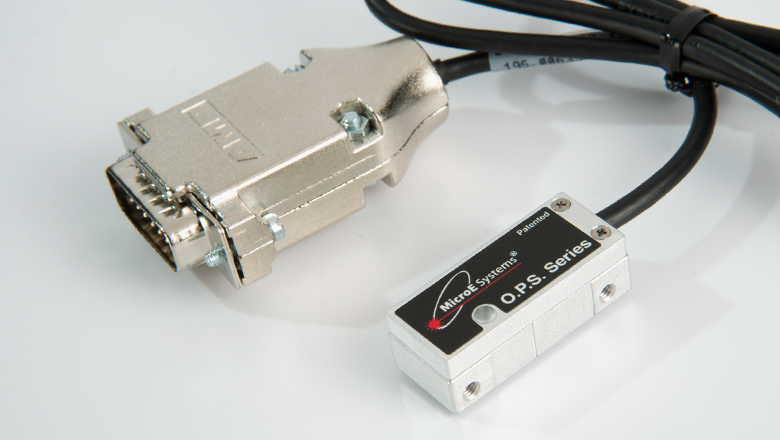
Step 1. The IIOT device
“In principle, you can use any device as a smart IIOT instrument,” says Figge. “It could be a sensor or a network of sensors, an entire machine or even an industrial terrain. Once linked to the cloud, a device can not only be controlled but can also supply valuable information for other applications.”
“In many IOT cases, it concerns a sensor that generates data or multiple sensors on an IOT device, which send data to the cloud via a transmission module,” the director explains.
Step 2. Ensuring IIOT connectivity
A device or sensor can only be an IIOT resource if it is connected to the cloud but you are not restricted to a particular connection technology. You can use wireless connections, such as WiFi, bluetooth, GSM, 3G, 4G or 5G, or UTP or glass-fibre cable connections.
“The telecommunications sector has developed low power wide area (LPWA) technologies specifically for IOT applications,” says Figge. “Most IOT sensors do not need a high-bandwidth or high-speed connection. Very low energy consumption and limited bandwidth provide the necessary connectivity at low cost.”
Step 3. Processing and using platform IOT data
A device or sensor only becomes an IOT resource if you use the connection and data for a higher purpose. “The software and data in a cloud platform make the devices smart,” says Figge. “Take Philips Hue lighting as an example. The lights are connected to the cloud. You can control them via an app and see additional information.”
An IOT platform allows you to: collect, store, display and analyse data and then produce management reports, control external processes, etc. “Communication with the IOT device works both ways. From the device to the cloud and from the cloud to the device. This makes it possible to control devices using an application,” according to Figge.
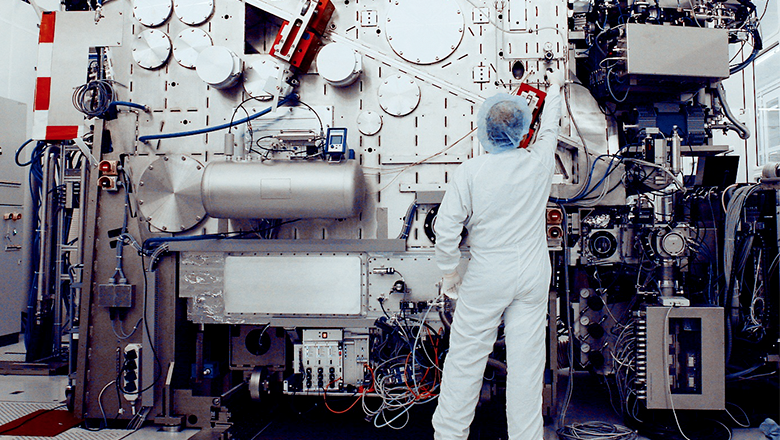
Benefits of the IOT
The IOT makes our daily lives easier, safer and more comfortable. The IOT has produced concepts such as the smart city, smart environment and smart transportation. Sensors allow us to use our surroundings as an enormous online data factory for smart applications.
Many new cars are already IOT vehicles, which send data to the car maintenance provider and can be operated via an app. The driverless cars of the future will also communicate with each other to get people safely from A to B.
Smart industries and smart manufacturing with the IIOT
“Within 10 years, the business world will be transformed into smart industries with smart businesses and smart factories,” Figge predicts. “Not because it can, but because it must. Business success revolves around responding to demand at the lowest possible cost.”
“If you resist the transformation to the IIOT, you will not only price yourself out of the market but you will also miss good opportunities,” Figge anticipates.
The IIOT – benefits and opportunities
The IIOT makes it possible to remotely:
- monitor,
- test,
- analyse,
- control,
- and identify trends.
“This will lead to completely new and improved insights,” says Figge. “Using these insights and analyses, you can improve processes and reduce costs, but you can also develop new products and services.”
“The theory here is ‘the more the better’. Industrial process chains often involve a range of companies: the suppliers, the manufacturer, the transporter and possibly a distributor. The more information you share within your chain, the more efficiently the processes run. This enables you to not only reduce costs but also improve quality and service provision.”
Reading tip
Some useful examples of IOT applications are included in the Libellium Top 50 of sensors for a smarter world.
The IIOT is changing business
Traditional business models focus on a company’s core business and its expansion. “In addition, they are limited by a tendency to protect data and information. The distinction between your own company and its suppliers, distributors and transporters is still significant,” says Figge.
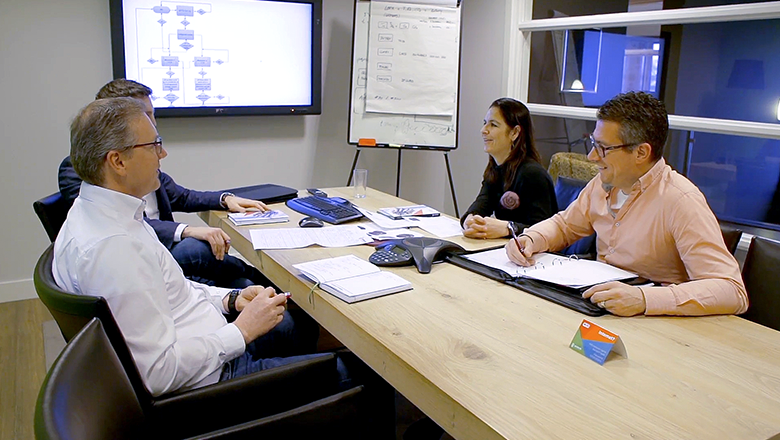
“The aviation industry is a good example of an industry that is transforming. Boeing used to develop everything itself but the development of an airliner today is more like a joint venture. Specialised companies develop and produce components in partnership.
Parts which Boeing assembles to create an advanced, flying computer,” he adds. “Sharing information and knowledge with each other results in successful products. In such partnerships, the IIOT can give productivity, efficiency and innovation an extra boost.”
The IIOT encourages collaboration
Business models based on collaboration and connectivity will be more successful with the IIOT, since it enables them to produce in a better and cheaper way. Figge is convinced of this. “Just like Boeing, companies must shift their focus from their traditional skills to other types of skill.”
In his opinion, collaborating and sharing information with companies in the production chain will be decisive. “The IIOT generates an enormous quantity of data (big data), which you can use to your advantage. In fact, if you do not participate, you will be left behind by the competition. The better and more intensively you collaborate, the more benefits it will produce.”
From industrial bakery to IOT company
According to the director, ICT will be the most important skill in the rise of the IIOT. He describes the fictional transformation of an industrial bakery.
“The bakery’s chain runs from the crop farmer to the supermarket, with the bread producer as the central hub. Think of the benefits that the producer could realise by applying the IIOT throughout the chain.”
“He could work in partnership with a crop farmer who uses IIOT drones and machines to gain the highest crop yields at the lowest costs. The bakery itself could generate valuable data on the leavening and baking process in the factory. This information could then be used by the crop farmer to improve his crop and to formulate his sowing plans.”
“The bakery could work with other raw material suppliers in the same way. At the other end, the supermarket could supply real-time information concerning supply and demand and the distribution process. The IIOT ensures consistently high quality and lower costs.”
“This gives the bakery an advantage over the competition,” Figge concludes. “However, this is only possible if the bakery transforms itself into an ICT company because the IIOT is the ultimate form of ICT.”
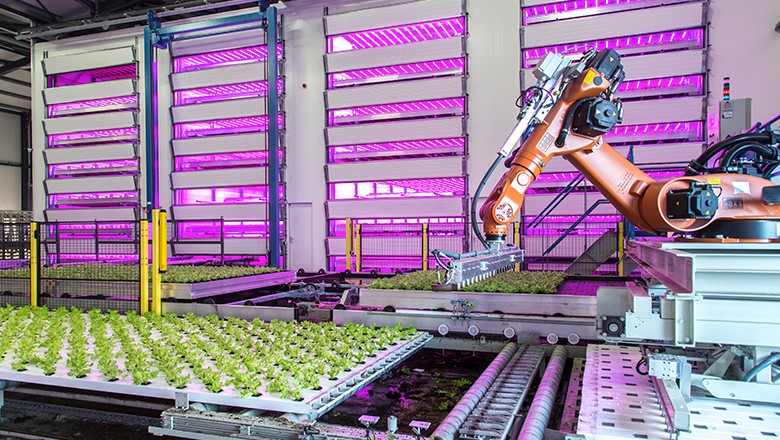
How do you become an IIOT company? Three tips
According to Figge, there is no easy answer to this question. “The application of the IIOT requires a customised approach to the combination of IIOT devices, connectivity and the platform.” However, the Sentech owner does have three tips for getting on board the fourth industrial revolution.
- Work together and be open
Measuring is knowing. Information is the company’s most important asset. The more you collaborate with suppliers, customers and transporters, the more data and information you can collect. - Draw up a detailed map of the entire production chain
Every device, sensor and system can generate information in the cloud and/or can be controlled via the cloud. Identify all of the devices, sensors and systems in the entire production chain; from those of manufacturers and suppliers to those of the distributor and customer. Take information gathered during the use of a product into consideration as well. - View ICT as your core business
Do you still see ICT as a resource? Embrace ICT as the hub around which your production chain runs. Whoever masters the IIOT in your sector will make a giant leap forward. So, dare to invest in IOT devices, connectivity and an IOT platform and don’t forget to invest in knowledge.
If you are the one to take that step, your competitors will find it hard to keep up with you.
IOT sensors from Sentech
Every sensor that Sentech supplies is IOT-ready. A sensor measures and generates data. This makes sensors important IOT tools. Using information from sensors, you can improve processes and control machines and vehicles. If you combine information from all the IOT sensors in your network, you create an IOT information factory.
“At Sentech, we develop noses, ears and eyes for all kinds of equipment, machines and vehicles that are part of a wide range of production chains,” says Figge. “We view our sensor knowledge and sensor products as crucial information generators for our clients’ processes. We have embraced the IIOT.”
Inspiration
In business terms, it pays to embrace the IIOT; and the sooner, the better! Flamco, for example, has already found its way to the Internet of Things. A smart pressure sensor has reduced the number of visits central heating engineers have to make because of breakdowns.
Find inspiration to turn words into deeds.



